How Canadian Soldiers Exploited German Troops During World War I
As the First World War dragged on, an unexpected group of soldiers became known for their ruthlessness and zeal. Canadians, stereotyped as friendly, kind and agreeable, certainly displayed none of these characteristics when it came to taking down their enemies.
While the Canadian forces didn’t arrive on the Western Front until 1915, they quickly made a name for themselves as fierce opponents, despite their lack of experience. They earned nicknames from both sides for their bravery and were viewed by the Germans as a tough force to contend with.
Canadian involvement in World War I
When the First World War broke out, Canada also went to war. Unlike many of its allies, however, the country had a very small standing army, meaning officials needed to rapidly fill their ranks. They did so with little-to-no difficulty, as Canadians from all over the country enthusiastically signed up to fight overseas, alongside the British.
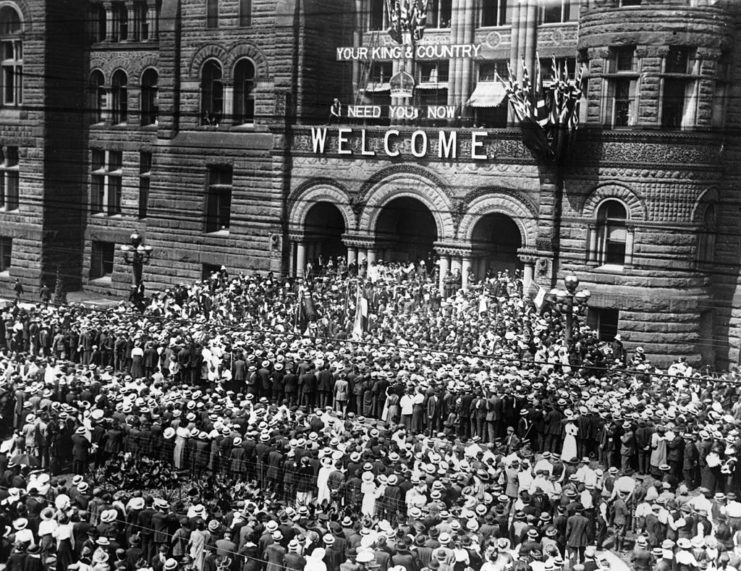
The first group of Canadians traveled to England for training, before being sent to the Western Front. The first major engagement they were involved in was the Second Battle of Ypres, notoriously known as the first time the Germans used poison gas on massive numbers of troops.
The beginning of the Canadians’ legacy
The Canadians were positioned in the Ypres Salient, with British forces on the right and the French on their left. When the Germans released the first round of poison gas, the French forces were largely diminished, leaving the Canadians exposed. Not only were they open to the enemy, but they were also exposed to a second German gas attack two days later.
Despite this, they were still managed a controlled retreat while awaiting British reinforcements.
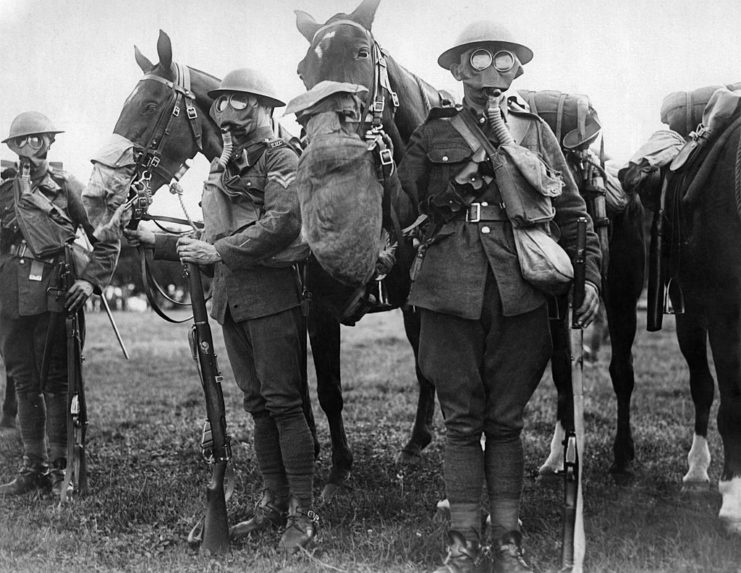
The Canadians’ earned themselves a reputation as tough and dependable in this first major battle, which would only be further reinforced as the war went on. In addition to being solid troops, they also grew to be known as some of the most ruthless amongst their enemies. Although the reason for their ruthlessness isn’t known, some historians think it may have been because Canadian units were hit hardest by the unexpected gas attacks during the Second Battle of Ypres.
Your reputation precedes you
Canadians quickly became known as some of the most merciless combatants. They rarely took any prisoners of war, recalling that, if they did, the prisoners would just get a share of their rations. When they did capture enemy soldiers, however, they were known to have “the worst reputation for acts of violence against prisoners.”
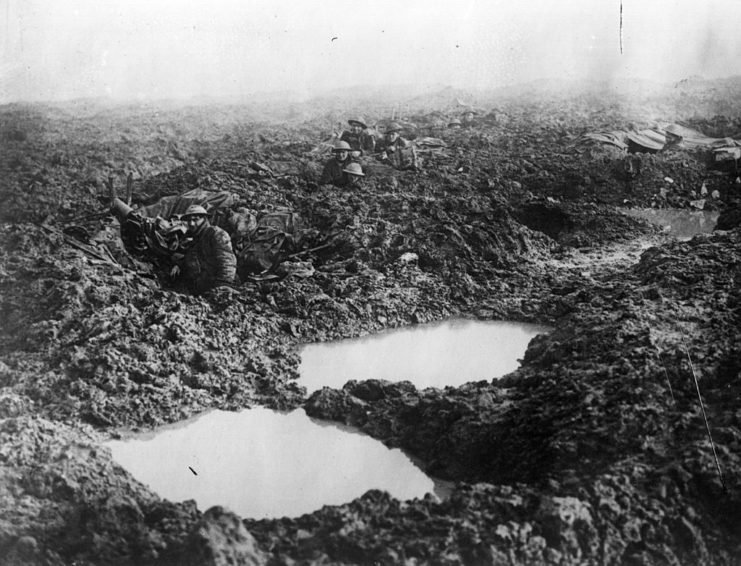
Perhaps one of the most shocking instances of Canadian cruelty was when they were socializing with German soldiers. They were throwing cans of corned beef across the trenches, and when the Germans started yelling for more, the Canadians responded by throwing an armload of grenades at them instead.
There are other instances of Canadians being brutally excessive in their actions toward the enemy. On Christmas 1915, Canadian soldiers were fighting against the Germans when a temporary peace broke out, causing the fighting to cease. The Germans called over to the Canadians to wish them a Merry Christmas. Both sides put their heads above the trenches, but one of the Canadian sergeants, acting on orders not to speak with the enemy, shot two of the Germans.
Pioneers of the trench raid
Not only were Canadians known for their behavior from within their own trenches, they also became known for their dedication to trench raids, which were commonplace during World War I. They were conducted in the earliest years of the war by other forces, but the Canadians started conducting large scale raids when they arrived on the Western Front.
Trench raids were extremely dangerous, as they required troops to come out of the cover of their trenches to cross No Man’s Land, in an attempt to gain access to enemy trenches.
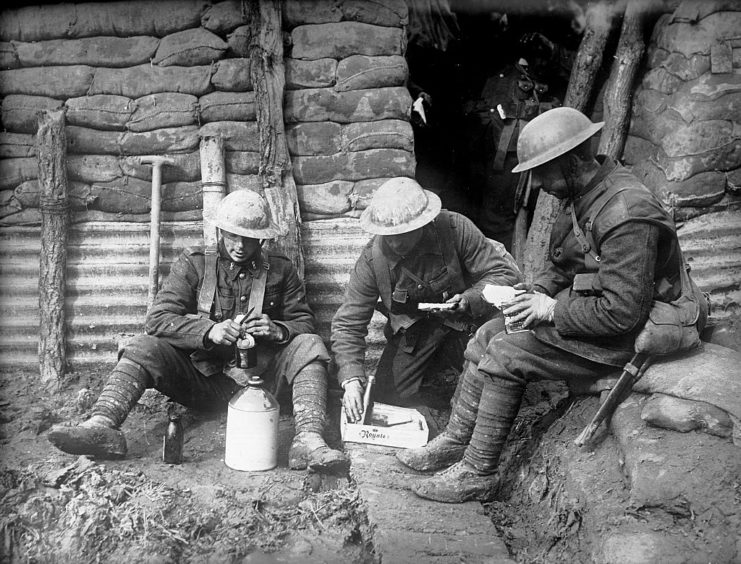
The goal of trench raids was varied. They could be conducted to kill the enemy, destroy parts of their trenches and fortifications, or to gain important intelligence. Canadians quickly became experts, refining their techniques and creating their own weapons for use during the raids. Typical weapons were often not as effective, so things like clubs, knives and brass knuckles were used, as they allowed the raiders to stay silent, unlike mechanized weapons.
Perfecting their skills
As they say, practice makes perfect, and the Canadians certainly honed their skills through practice. They became known as some of the most enthusiastic when it came to performing trench raids. They wore thick black gloves and would paint their faces black, so it was harder to see them as they moved stealthily toward an enemy trench.
Despite the Canadians’ skill at trench raiding, they still suffered heavy casualties. This prompted many countries to stop raiding, as high numbers of men were killed and those who survived didn’t want to go back. However, this didn’t stop the Canadians. In fact, they were able to use trench raids in the lead up to their most famous battle.
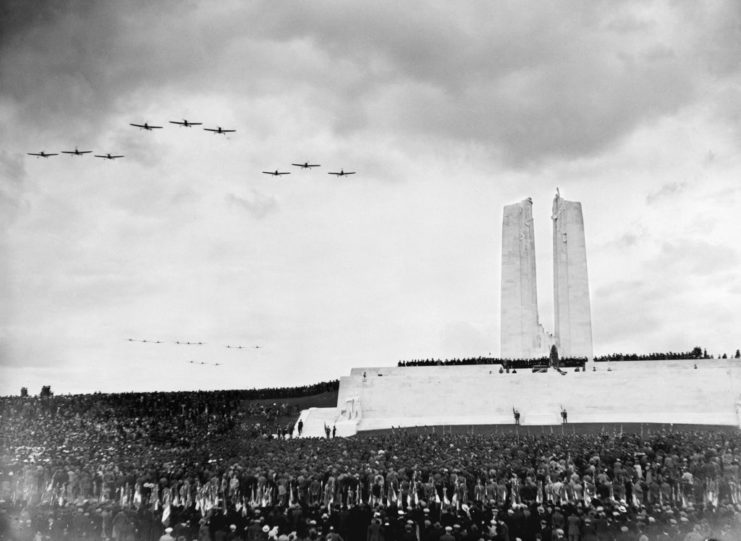
Leading up to the Battle of Vimy Ridge, Canadians conducted nightly large-scale raids. These consisted of up to 900 men and were intended to kill German troops. In the four months leading up to Vimy Ridge, the Canadians led roughly 55 nighttime trench raids against the Germans.
Real-life stormtroopers
The legacy of the Canadians in the First World War is one that is exemplified in how they were viewed by those who fought with and against them. After facing the Canadians at the Battle of the Somme in 1916, the Germans began calling the Canadians Sturmtruppen, or “Stormtroopers,” because of their bravery and speed in battle.
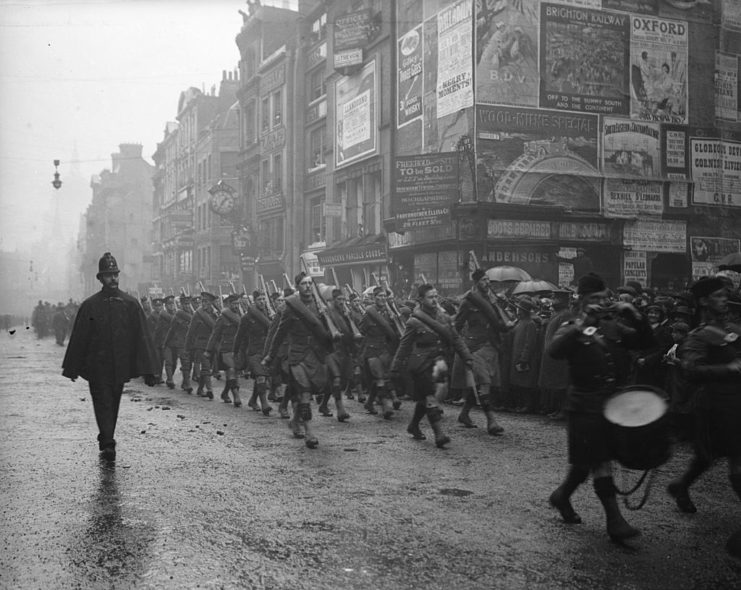
More from us: The Rats of Tobruk: How A German Insult Was Reclaimed As a Proud Nickname
It was not only the Germans using a special nickname for Canadian troops. By 1918, they had more than proven themselves, earning the title of “shock troops” – special soldiers who would carry out hard tasks and fulfill their objectives – among their allies.
The post How Canadian Soldiers Exploited German Troops During World War I appeared first on warhistoryonline.
Post a Comment
0 Comments